The Museum of the Shenandoah Valley & The Gardens of Glen Burnie
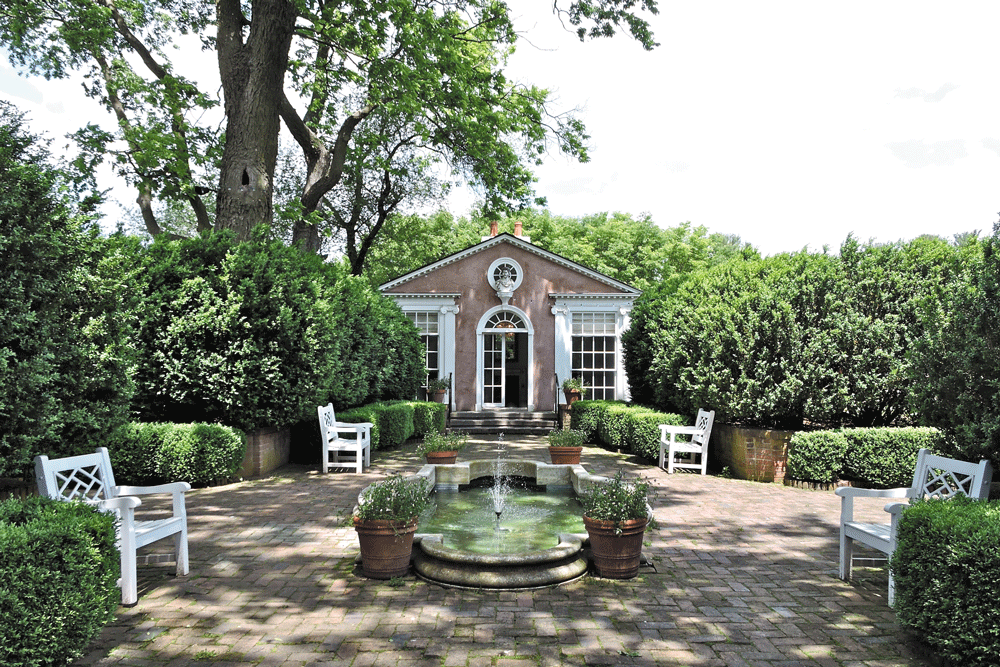
By Richard Hooper

The Museum of the Shenandoah Valley in Winchester maintains wonderful collections of decorative and fine arts relating to the history of the valley-and so much more.
On permanent display is a large collection of Shenandoah Valley pottery, a craft established there in the late 1700s. It took such a hold in the valley that for a while, Strasburg was known as “Pot Town.” Some of the other exhibits relating to early life in the Shenandoah Valley include printing, moonshining, silver and, of course, furniture.
Also on permanent display are the miniature houses and rooms assembled by R. Lee Taylor (1924-2000) and four shadowbox rooms created by Shenandoah Valley miniaturist William P. Massey, who was active in the 1930s and 40s. One of the houses on display is a Classical Revival style dwelling named Lee Hall. With 12 rooms on three floors, it represents Lee Taylor’s ideal abode. The various houses and rooms range from the simple to the extravagant. The detail is breathtaking.
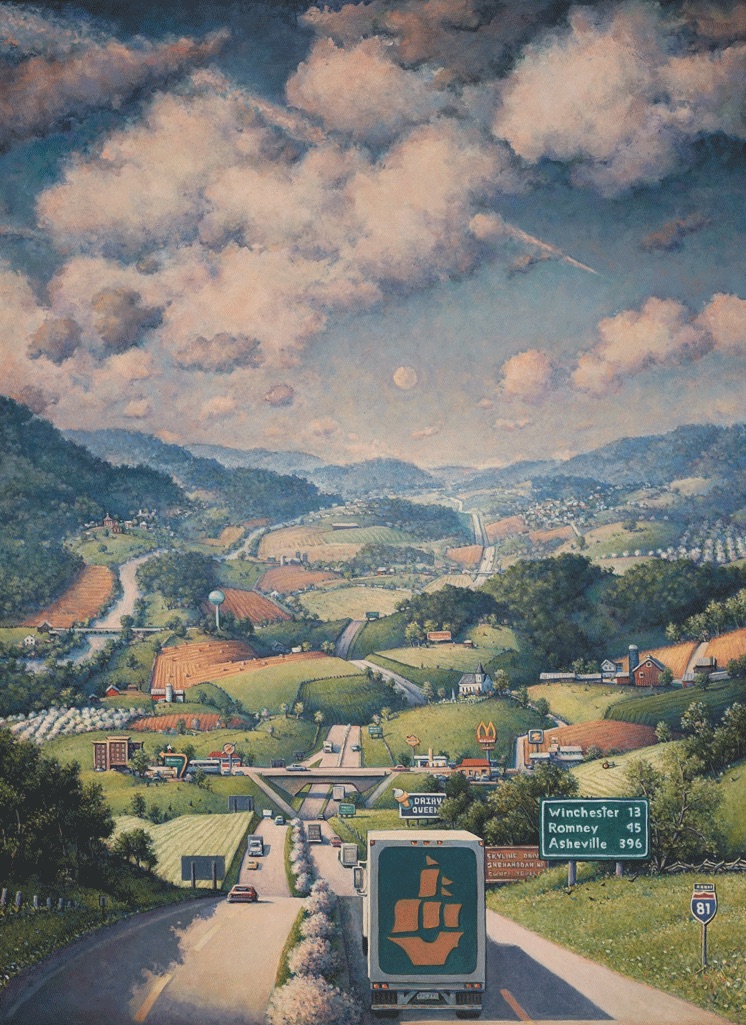
Among the current exhibits is “This Must be the Place: The Art of Landscape” (through September 3). It is comprised of paintings and drawings from the collection of Julian Wood Glass, Jr. (1910-1992) the benefactor of the Museum of the Shenandoah Valley. The landscapes include pieces by Gainsborough, Constable, Whistler, Turner and Martin J. Heade. For many years, the Glass collection of paintings, as well as many pieces of fine furniture, resided at Glen Burnie.
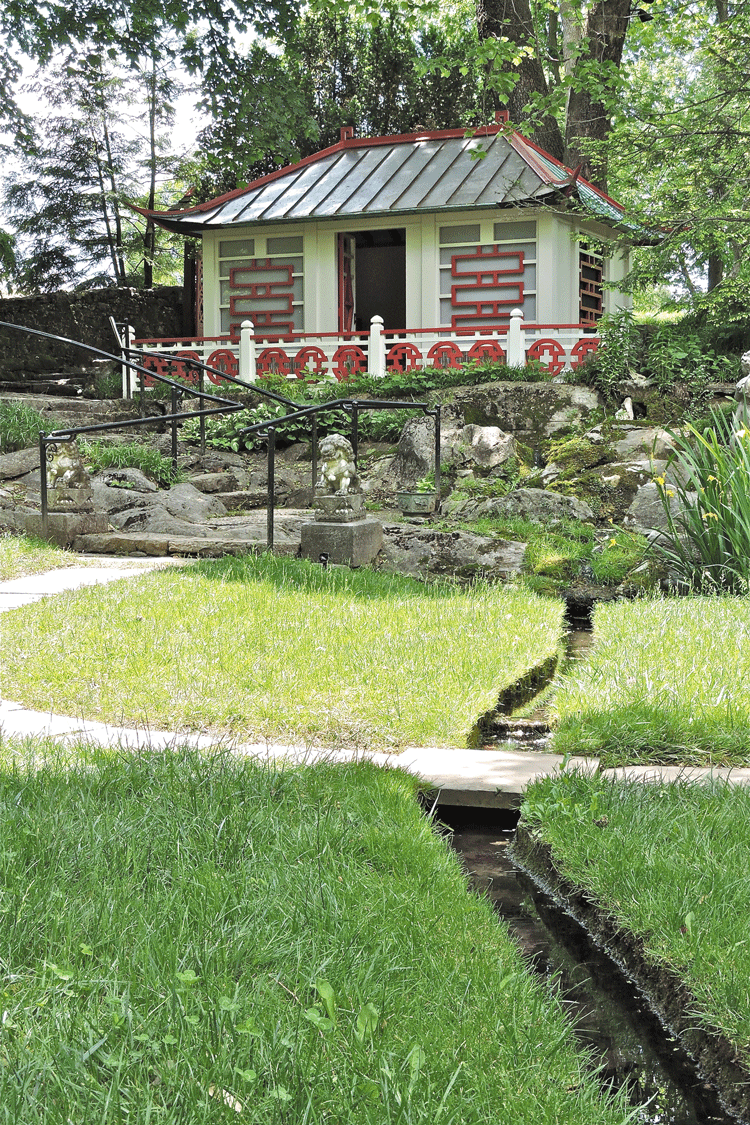
Glen Burnie, the ancestral home of Julian Wood Glass, Jr., sits nearby the museum building on the 214 acres they share. It is on land that belonged to the founder of Winchester, James Wood, who settled there in 1735. James’ son, Robert, built the oldest sections of Glen Burnie in 1793 and 1794. In the 1950s Glen Burnie came into the possession of Glass. Glass, who also owned homes in New York and Oklahoma, and his domestic partner, Lee Taylor, renovated the house, turning it into a country retreat that became well-known as a social setting. Inside Glen Burnie is another miniature by Taylor, replicating the house and furnishings from the period of time in which Glass and Taylor lived there.
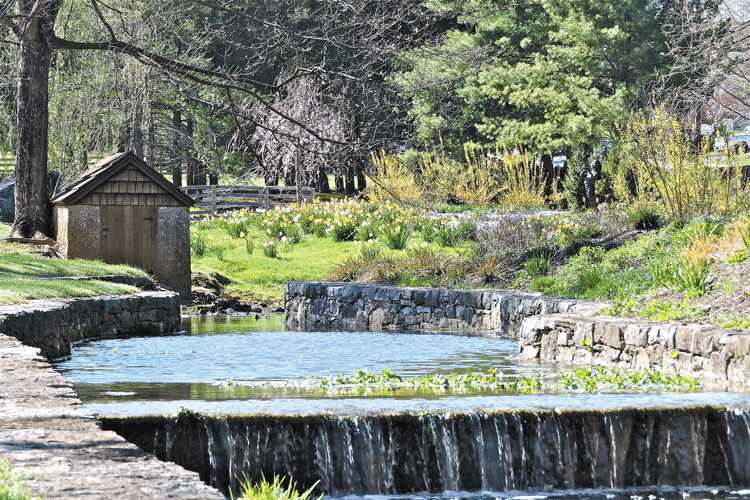
by Richard Hooper.
One of Glass and Taylor’s greatest creations is the six acres of gardens surrounding Glen Burnie House. Perry Mathewes, Director of Gardens, described the gardens as “quirky,” which is no small part of their great charm.
When Glass and Taylor lived there, it was a private garden. It is now public and one of the challenges, according to Mathewes, “is to make the garden more accessible while maintaining the original spirit.” For instance, brick walkways have been widened (seamlessly) from three feet to five feet, and steps replaced by gentle brick ramps.
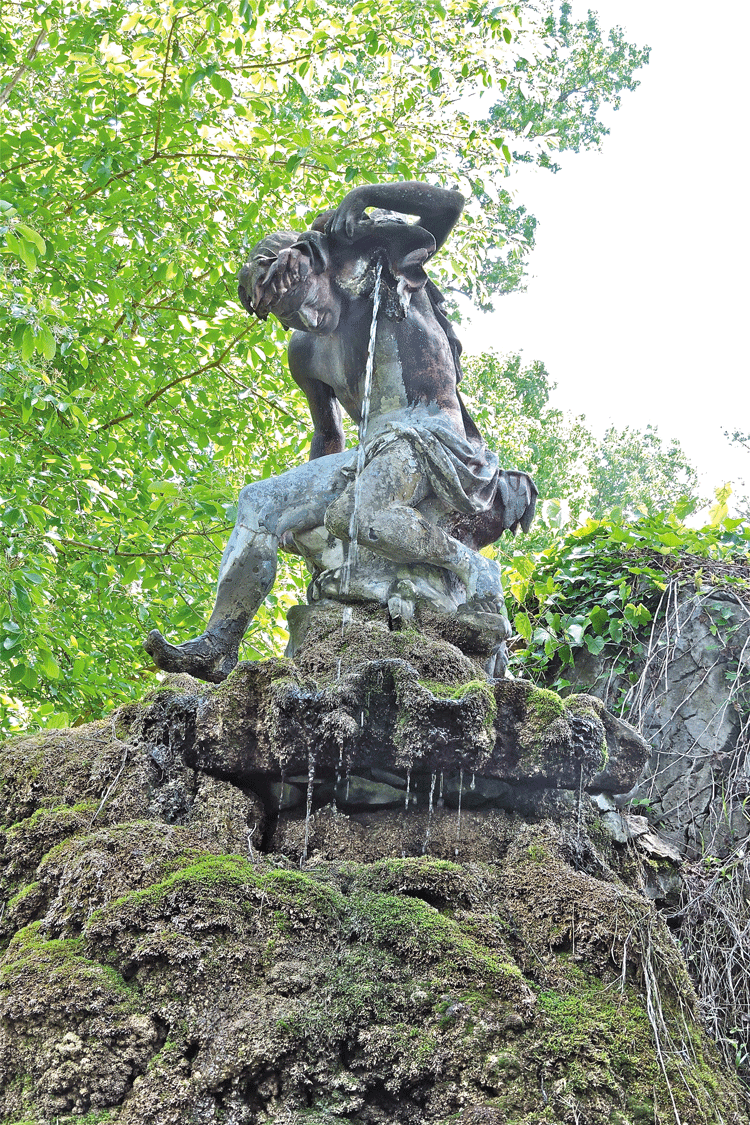
Close to the house are the Rose Garden, including a new arbor for climbing roses, and the Perennial Garden that leads into the Sculpture Garden. The Parterre Garden, with its statue of the god Mercury, is replanted several times a season. The Grand Allée of recently planted crab apple trees is nine feet narrower at the end farther from the house, making it seem even longer. The Knot Garden of boxwood completes the entry to the house.
Away from the house, water becomes a major feature of the landscaping. At a corner of the lawn, a large diameter stone wall encircles a natural spring. Its outlet leads to a newly created pond, which becomes part of a stream known as Town Run that cascades parallel to the boundary of the property. Between the two, a six-hundred-foot-long garden of spring perennials has recently been planted. This little gem is known as Kathie’s Spring Garden.
From another corner of the landscaping, water trickles over a wide, rocky embankment. Below its slope is the Water Garden. Tucked along another section of the embankment is the Tea House, a major feature of the Asian Garden with its own narrow canal that merges with the stream from the Water Garden.
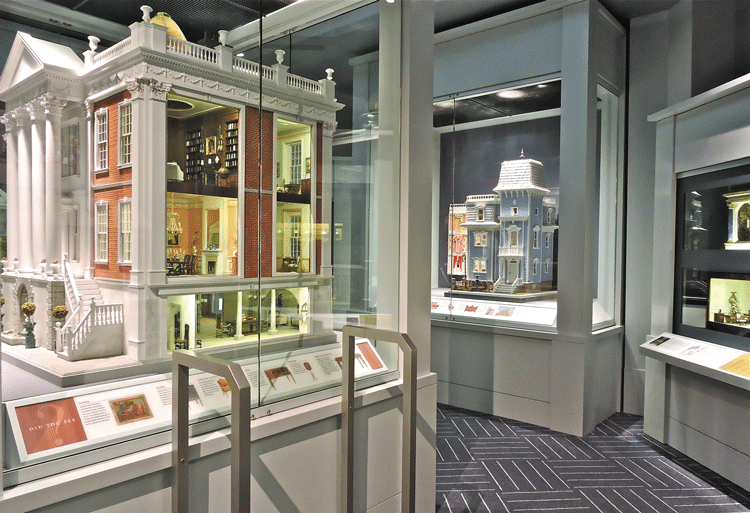
There is much more to see at the museum and the gardens than described here, and I take solace in a statement made in the Preface to “The Gardens of Glen Burnie” by Marge Lee: “Those who attempt to describe them never succeed.”
Be that as it may, Julian Wood Glass, Jr. and R. Lee Taylor did succeed – grandly. And we are all the richer for it. ML


